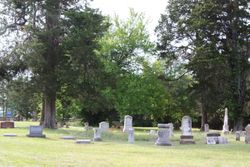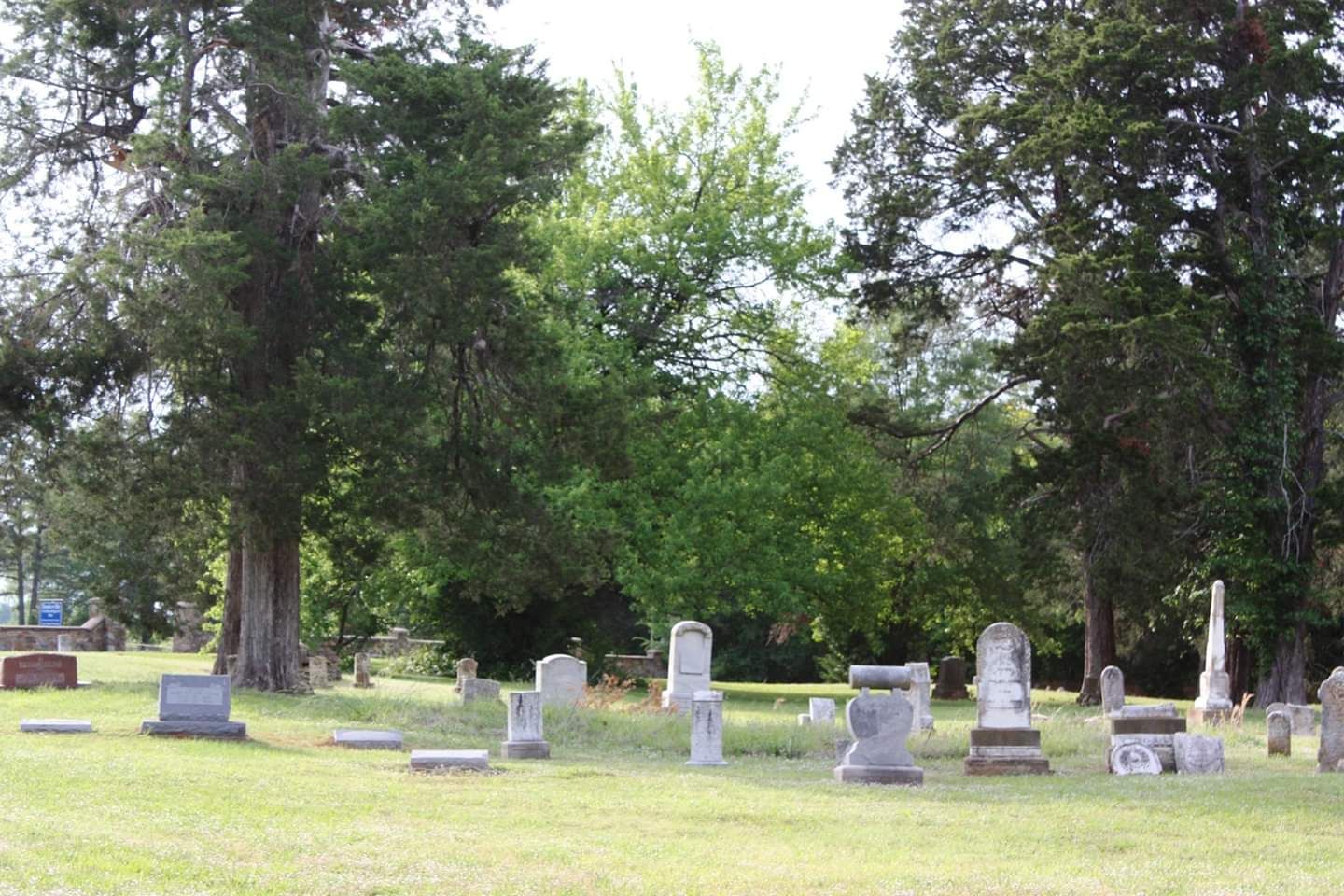submitted by Ginger aka Seeker
Thank you, Elizabeth for the pictures.
WALLACE WILLIS
Born: 1820s
Died: 1860s
The story of Wallace Willis begins on a plantation in Holly Springs, Marshall County, Mississippi. Wallace “Uncle” Willis and his wife, Aunt Minerva, were slaves of Britt Willis, a wealthy half-Irish, half-Choctaw farmer. When the Choctaws were relocated by the United States government as a result of the Treaty of Dancing Rabbit, Britt Willis walked the Trail of Tears with his Choctaw wife to Oklahoma’s Indian Territory. Among the 300 slaves that made the trip with Britt were Wallace and Minerva.
The group settled near Doaksville, Oklahoma, which is located near present-day Hugo and Fort Towson. It was here that Wallace composed “plantation songs” while working the cotton fields of Britt Willis. Britt’s granddaughter, Jimmie Kirby, recalled: “Mama said it was on a hot August day in 1840. They were hoeing the long rows of cotton in the rich bottomland field. No doubt [Wallace] was very tired. They worked in the fields from sun-up to sundown. And sundown was a long way off. South of the field, he could see the Red River shimmering in the sun. Can’t you just imagine that suddenly Uncle Wallace was tired of it all?”
And so “Swing Low, Sweet Chariot” was born. The mournful lyrics are a classic example of black spirituals of the time period – songs that were sung by slaves toiling under back-breaking labor in the fields. Taken at face value, the lyrics of “Swing Low, Sweet Chariot” express hope that divine help was on its way. Most historians also attribute a secret meaning to Willis’ lyrics with many arguing that they were used as a coded message about escaping the shackles of slavery and heading north. It is written that some slaves would even change the lyrics to “Swing Low, Sweet Harriet” in reference to Harriet Tubman, who was the leader of the Underground Railroad that ferried slaves north to freedom.
Buried in an unmarked grave located within the slave burial section of the old Doaksville Cemetery.
~ The Encyclopedia of Oklahoma History and Culture.
submitted by Ginger aka Seeker
Thank you, Elizabeth for the pictures.
WALLACE WILLIS
Born: 1820s
Died: 1860s
The story of Wallace Willis begins on a plantation in Holly Springs, Marshall County, Mississippi. Wallace “Uncle” Willis and his wife, Aunt Minerva, were slaves of Britt Willis, a wealthy half-Irish, half-Choctaw farmer. When the Choctaws were relocated by the United States government as a result of the Treaty of Dancing Rabbit, Britt Willis walked the Trail of Tears with his Choctaw wife to Oklahoma’s Indian Territory. Among the 300 slaves that made the trip with Britt were Wallace and Minerva.
The group settled near Doaksville, Oklahoma, which is located near present-day Hugo and Fort Towson. It was here that Wallace composed “plantation songs” while working the cotton fields of Britt Willis. Britt’s granddaughter, Jimmie Kirby, recalled: “Mama said it was on a hot August day in 1840. They were hoeing the long rows of cotton in the rich bottomland field. No doubt [Wallace] was very tired. They worked in the fields from sun-up to sundown. And sundown was a long way off. South of the field, he could see the Red River shimmering in the sun. Can’t you just imagine that suddenly Uncle Wallace was tired of it all?”
And so “Swing Low, Sweet Chariot” was born. The mournful lyrics are a classic example of black spirituals of the time period – songs that were sung by slaves toiling under back-breaking labor in the fields. Taken at face value, the lyrics of “Swing Low, Sweet Chariot” express hope that divine help was on its way. Most historians also attribute a secret meaning to Willis’ lyrics with many arguing that they were used as a coded message about escaping the shackles of slavery and heading north. It is written that some slaves would even change the lyrics to “Swing Low, Sweet Harriet” in reference to Harriet Tubman, who was the leader of the Underground Railroad that ferried slaves north to freedom.
Buried in an unmarked grave located within the slave burial section of the old Doaksville Cemetery.
~ The Encyclopedia of Oklahoma History and Culture.





